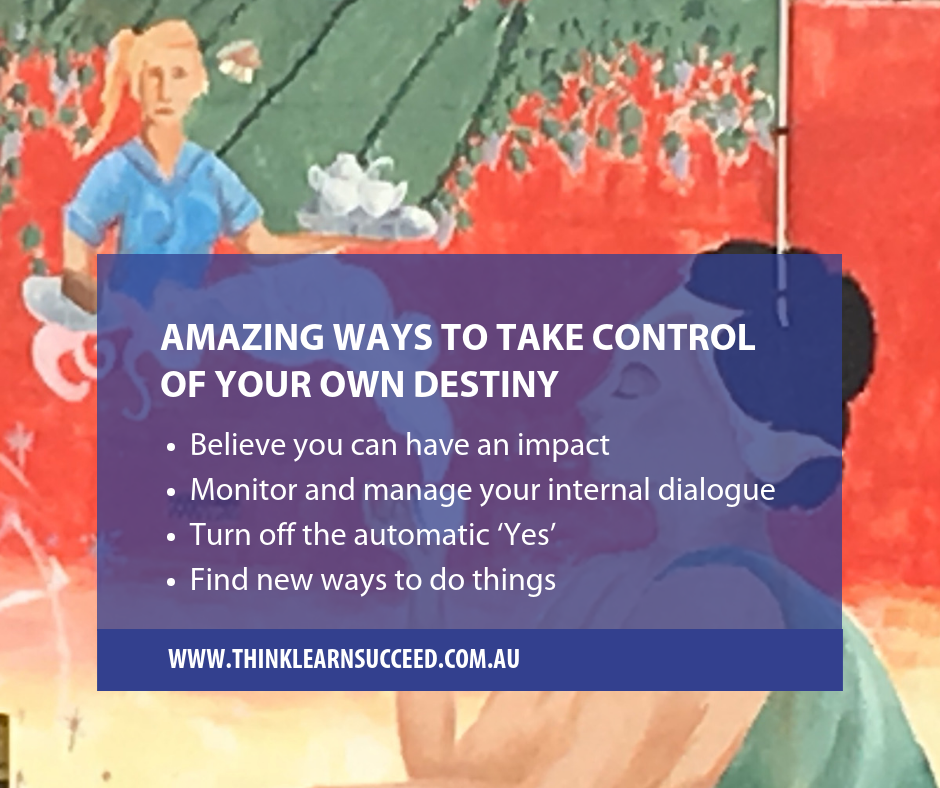 Knowing what your signature strengths are, can boost your well-being – and it’s boosted even further when you regularly utilise those strengths. Leaders and managers are now regularly using character strengths exercises to help employees become more engaged, productive and happy.
Knowing what your signature strengths are, can boost your well-being – and it’s boosted even further when you regularly utilise those strengths. Leaders and managers are now regularly using character strengths exercises to help employees become more engaged, productive and happy.
In my last article Find your strengths, find inspiration for success, we discussed how to identify your signature strengths and how to work them into your day:
- Take a signature strengths assessment
- Use your strengths in new ways
- Record the positive results of using signature strengths
- Reconnect with your inner child
If you are an HR practitioner, you can use signature strengths to develop employee purpose, motivation and performance. Here are some simple steps you can take this week.

 Have you ever been advised to “do what you love and success will follow”? This may be more than just cliché. When you’re doing what you love, you are likely to be using your signature strengths. This means that you are not only doing what you’re good at, but you are at your happiest as well.
Have you ever been advised to “do what you love and success will follow”? This may be more than just cliché. When you’re doing what you love, you are likely to be using your signature strengths. This means that you are not only doing what you’re good at, but you are at your happiest as well.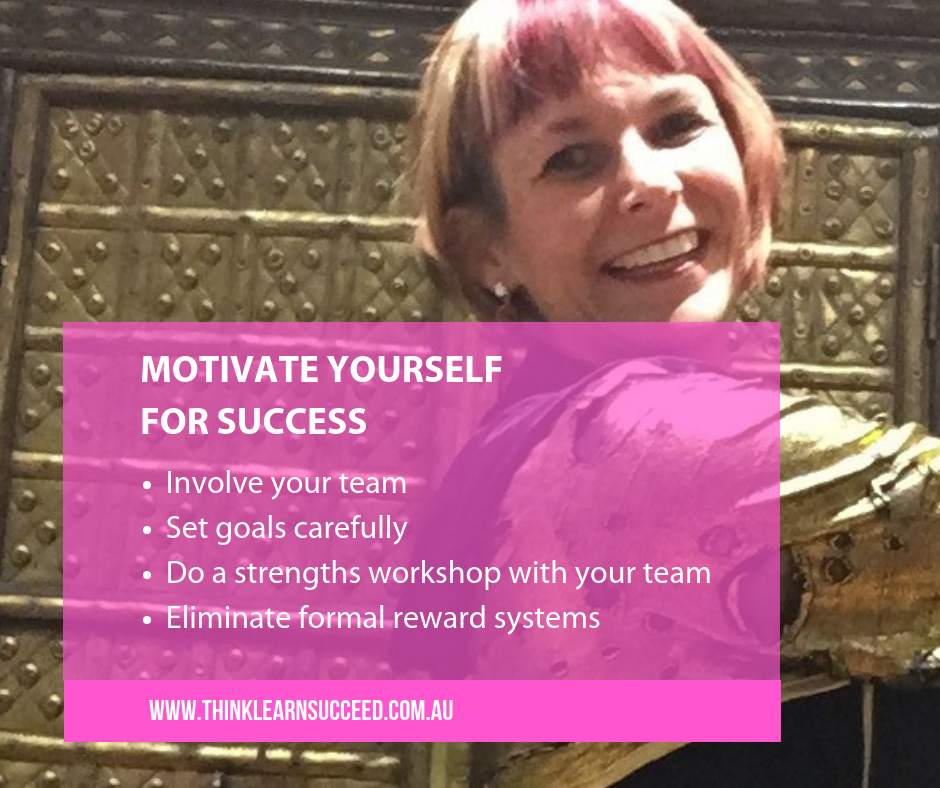
 Why do you do the things you do? What is it that drives your behaviour? Motivation does.
Why do you do the things you do? What is it that drives your behaviour? Motivation does.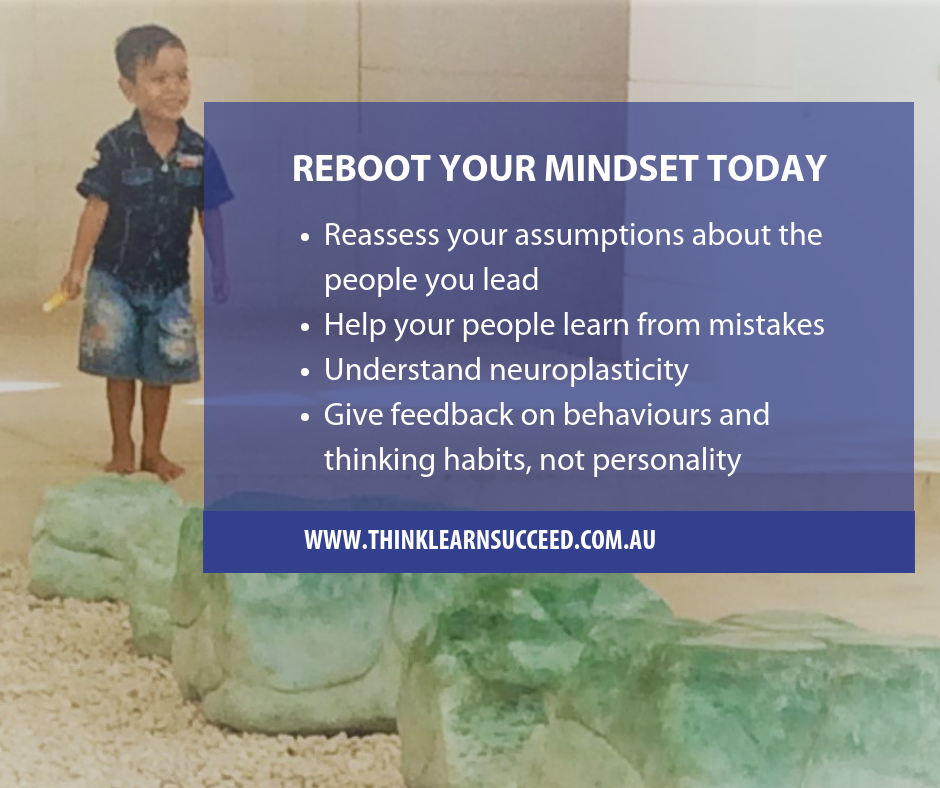
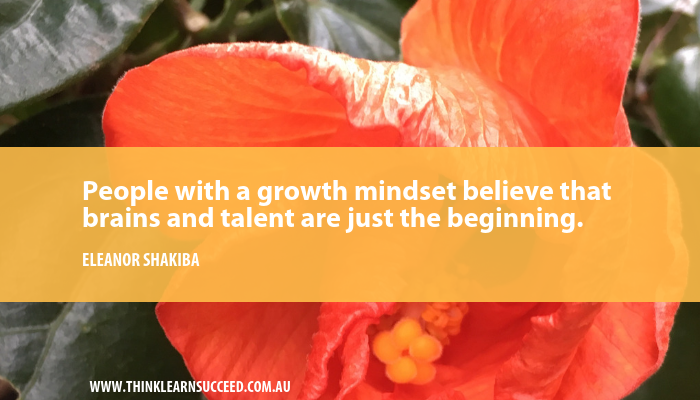 Have you ever wondered why some people just reach milestone after milestone in their careers – and others seem to be perpetually stuck? That’s how powerful the mind is. With the wrong mindset, you can’t learn, grow or develop new skills. But with the right mindset, the sky is the limit!
Have you ever wondered why some people just reach milestone after milestone in their careers – and others seem to be perpetually stuck? That’s how powerful the mind is. With the wrong mindset, you can’t learn, grow or develop new skills. But with the right mindset, the sky is the limit!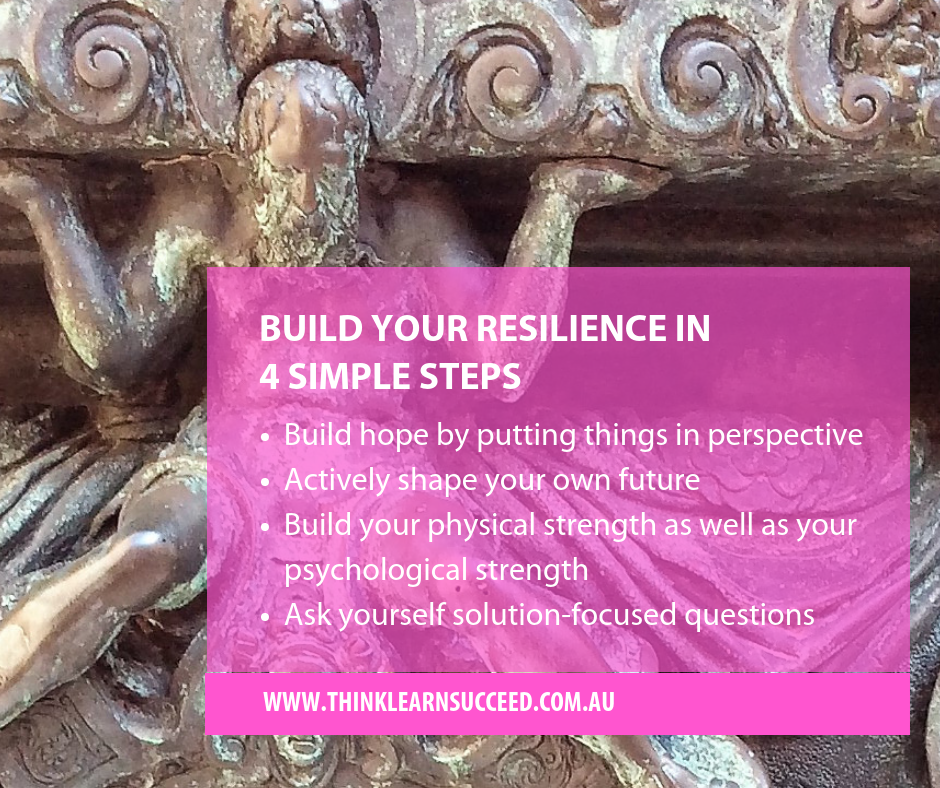
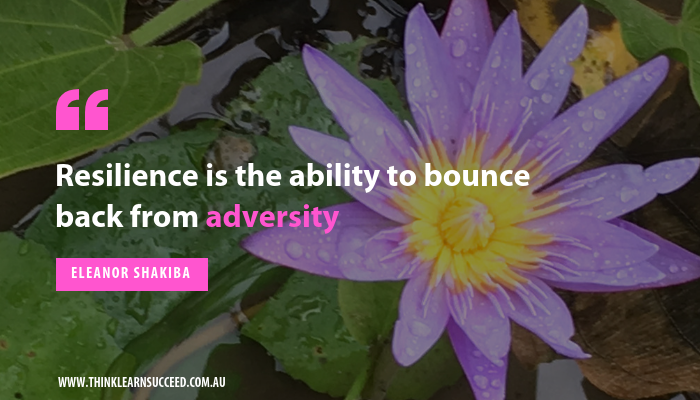 How would respond if you made a huge mistake at work? What if you suddenly lost your job? What would your next steps be? Are you resilient enough not to break from the stress?
How would respond if you made a huge mistake at work? What if you suddenly lost your job? What would your next steps be? Are you resilient enough not to break from the stress?